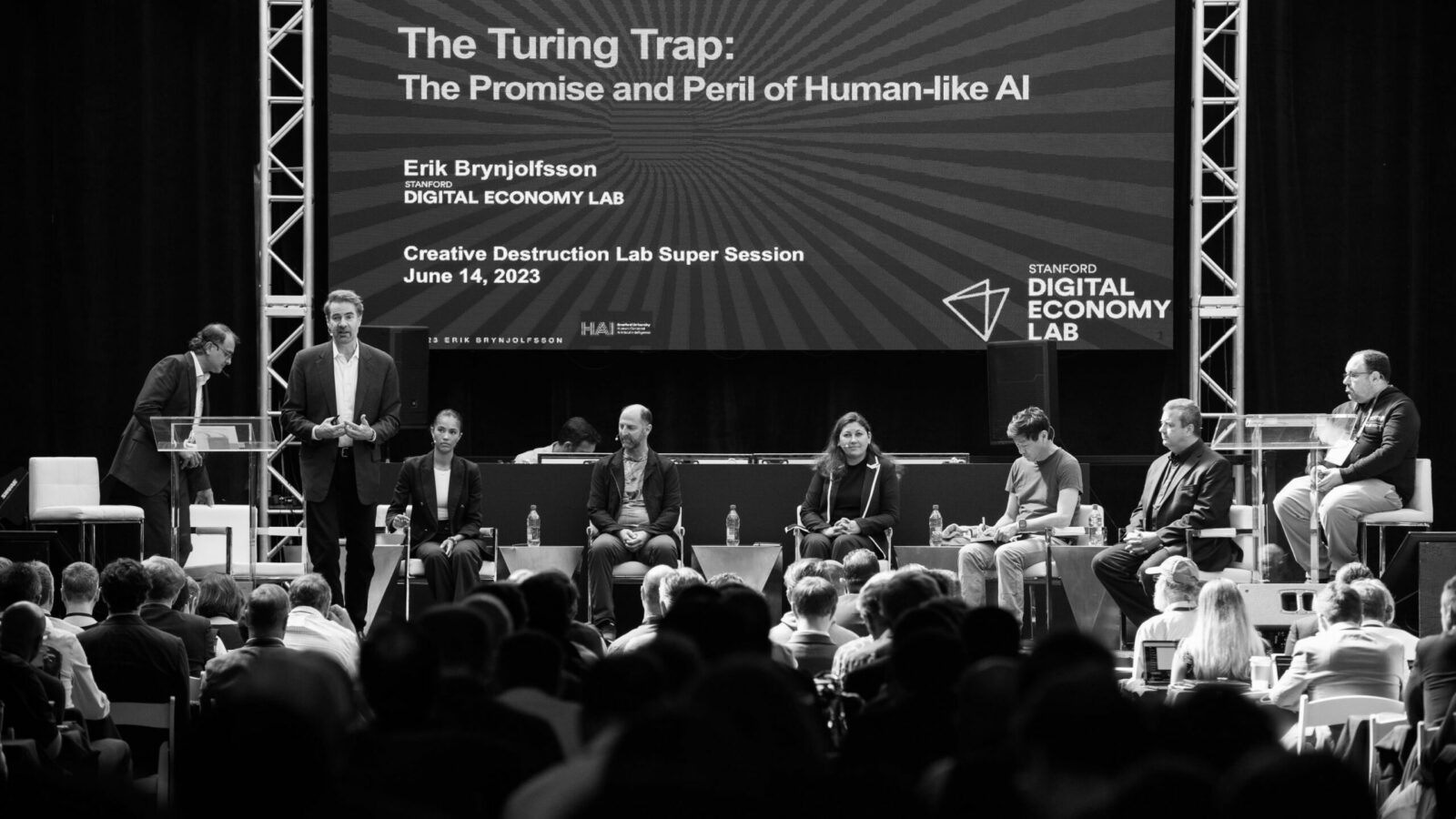In the fall of 2017, Michael Helander found himself in an unusual position. Half a dozen years earlier, while working on his PhD in materials engineering at the University of Toronto, he had co-founded an advanced materials company called OTI Lumionics. The plan back then was to apply new materials and technology for organic light-emitting diodes (OLEDs) toward building thin, lightweight, and flexible light-emitting devices. OTI Lumionics had even gone through CDL in 2013 — it was the second-ever cohort, Helander says, “back when CDL was like 10 people in a room they probably use as a storage closet now” — and emerged with some funding from early CDL mentor and ATI Technologies Inc. co-founder Lee Lau.
But Helander realized that enabling OLED for lighting was going to involve a ton of customization. “You ask Phillips how many different products they sell, and the response is, ‘Our catalogue is 100,000 or 250,000 kinds of lights,’ which means we need a lot of smaller runs,” he says. Helander started to consider repurposing OTI Lumionics’ technology, materials, and capabilities for another market entirely: electronic display. The company invested heavily in the sort of computational design that would allow them to test materials as few other chemical companies could.
Still, Helander’s team was trying to understand how each electron in an atom interacts with every other, and how all those different electrons and different atoms come together to form molecules. These are hugely complex simulations; even state-of-the-art classical computational chemistry can only take you so far. To test quantum physics, OTI Lumionics needed quantum computing. The launch of CDL Quantum couldn’t have been better timed.
That’s how, in the fall of 2017, Helander ended up pulling double duty at CDL-Toronto, serving both as a mentor in the Prime stream and as a founder in the new Quantum stream. “One day I’d be on one side of the table, and then the next day I’d be on the other side,” he recalls. As a mentor who was very involved in OTI Lumionics’ day-to-day operations, he could offer early-stage companies relatable insight. As a founder, however, he looked a little different from CDL’s typical applicants. “Going through CDL a second time, the company was at maybe 40 people, we had a bunch of funding, we had customers,” Helander says. “We knew what we were doing, but we were there to explore whether quantum could be applied to our problems.”
Short answer: Absolutely. Immediately, they were thrown into an invaluable month-long bootcamp on quantum theories, software, and cutting-edge equipment. They collaborated with — and quickly hired — theoreticians to investigate a scalable approach to solving materials problems on a quantum computer. Over the course of the program, “we developed a bunch of interesting pieces of theory, and that theory turned into algorithms, and those algorithms turned into software,” Helander says.
That means, for example, materials and technology that can create first-of-their-kind transparent OLED displays. Electrical currents leave your devices through something called a cathode; because that cathode isn’t transparent, sensors and front-facing cameras need to sit on top of the display, behind a punch-hole or cut-out at the top of the smartphone. “If I can make my display transparent, I have the potential to hide all those different components under the display and have 100 percent screen-to-body ratio,” Helander says. Better still for your work-from-home Zooms, being able to move the camera from a laptop’s top to the centre of its screen means that, “when we’re having a video call, we’re actually looking each other in the eyes, rather than looking at each other’s foreheads.” It’s a small change that would make a huge impact on our experience.
“At the end of the day, the driving motivation for anything we develop has to be that it gives you a better user experience,” Helander says. “And it turns out that when it comes to advancements in the products we use on a daily basis, most of the time you can trace that back to innovation in materials. It truly is the foundation, and that’s why I wanted to be a part of it.”





